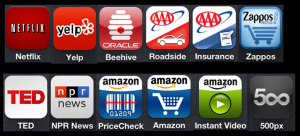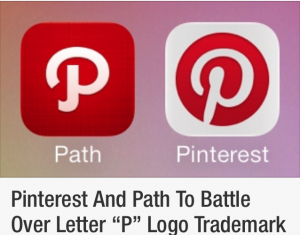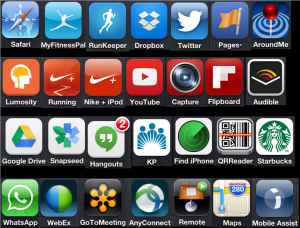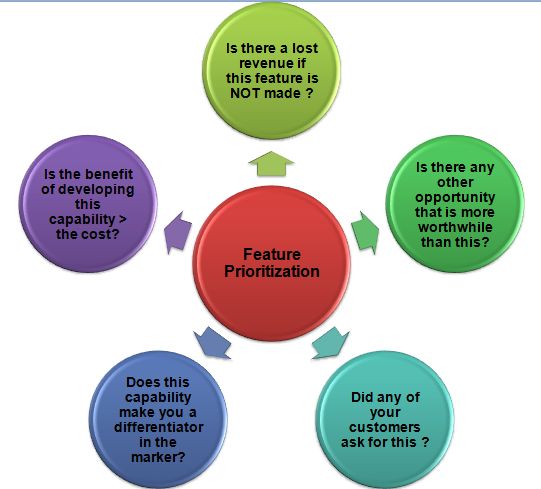Facebook is the only social network with 955 million active users and operating in 70 different languages worldwide. Privacy issues did not stop Facebook’s growth. Neither users nor investors see any issues with privacy. Whenever there is a huge outcry about the privacy issues, Facebook simply adds more controls and people seem to be happy about it.
Facebook with its recent IPO made me think about “How the heck does the valuation really work ?”. I am an MBA and I surely understand how the companies are valued. But with Facebook, I had no rational explanation to value the company close to $100+ billion on the first day of the IPO.
Investors were happy to see the value going up the first day and everyone thought that this is the start of the rise of the FB stock. By now we have seen the reality and the value came down by 50%.
“The company said its revenue for the quarter climbed to $1.18 billion, from $895 million; most of it came from advertising. The company reported a net loss of $157 million, or 8 cents a share, compared with net income of $240 million, or 11 cents a share for the same quarter last year.” – NY Times 07/27/2012
For Investors : So, how investors saw the value of the company is something that I don’t get. If it is 10x the revenue then the value should be $10 billion. If it is based on the advertising, the world of the Google, Yahoo and other local internet businesses, how on the earth can Facebook earn humongous money on ads ?. Facebook at this time has no viable revenue streams based on subscription model or licensing model. The only way at least Facebook can benefit is form the “Network Effects” from close to billion active customers on the desktop and mobile devices in the world.
I was a Facebook user : I was on Facebook till 2011 until the release of the Google+. I was away from my family for about 14 years and found many of school friends and undergrad friends on Facebook. It was like the wonderful way to connect with family and friends. There is so much of user engagement on the Facebook that I loved posting and sharing pictures. At some point of time, I used to say, “Let’s connect on Facebook” in social gatherings.
Things started changing as Mark Zuckerberg started saying “Privacy is dead” publicly. On Facebook, I could see my friend’s friend’s private pictures because my friend was tagged into it, which would show up on my wall. There were so many instances that my friends were embarrassed looking at my wall because they don’t want me to see those pictures. Another interesting thing was that “everyone” is a friend. Whether it was school friend or someone I met last week in BART, Facebook treated everyone as friends (of course they later changed many of what I discussed looking at Google+ circles).
Finally, I could not DELETE/REMOVE my account. I could only DEACTIVATE it. I wondered why, this is my data and my account. But Facebook customer service said that it is a service that I am using so, it is up to the service provider – Facebook – to decide on the policy. Wow… that’s fair… but at that time, Facebook was the ONLY (useful) solution for the social hunger. I still continued as there was no alternative.
Google+ arrives : I am a big fan of Google (and Facebook too). I use numerous services from Google and integration is a big piece that I love. Google Search, Gmail, Google Maps, Youtube, Google TV, Calendar, Books, Blogger, Reader, Finance, Picasa, Chrome, Android, Docs and Google Talk are what I use everyday. So, it made natural sense for me to try and see how the Google+ was done and if it has a potential to become “Facebook alternative”.
Google+ Circles, Hangouts and other Google services integration is a big hit with for me. I could not ask for more. Simple UI, Intuitive UX and I could be as public or private as I want my posts to be. The photo streams on Google+ was magical on its users.
I soon concluded that Google+ is much more superior to Facebook and I deactivated my account on July 20th 2011. After I used Google+ for a year, “I am a way too disappointed with my assumptions”.
- I thought it’s easy to port users from a social network to another
- I thought social network users value integrated services that Google provides
- I thought users would value privacy settings and data portability
- I thought Facebook soon would be doomed (I could not believe at that time that social networks could co-exist and co-evolve).
So, why am I ranting about my decision and Google+…
- I have very few family members and friends on Google+
- I lost all excitement on Google+ that I used have on Facebook
- In the last one year it looks as though I was never connected socially
- All friends I talk to say that they shared updates on Facebook and it’s my fault that I am on Google+
- My 69 year dad in India uses Facebook and he says it’s too difficult for him to move to Google+ as his friends are also on Facebook.
- On Google+, my stream is filled with the photographers, tech news and geeks. I feel Google+ is more of “Tech Social Network” compared to Facebook.
Looking forward : These days when companies (enterprises, retail, consumer and others) talk about social, they talk about Facebook and Twitter. They have become the industry default. Everyones knows about it and everyone loves them.
“Like us on Facebook and follow us on Twitter” is the new mantra.
Each time I go to retail malls or on the Internet, people do so many innovative things on Facebook and Twitter feeds, it just amazes me. It just makes me feel that I am loosing the edge by not being on the Facebook. May be I need to keep both accounts – Google+ and Facebook – as a user and see which one matures in time. I believe in natural selection and I sure think that the time will tell if it’s the question of “Google+ or Facebook” or “Google+ and Facebook”.
There sure is certain halo effect that Facebook has created. Whether you like it or not, Facebook brand is powerful and you can sure take advantage of its presence. My personal takeaways from this one year of Google+ experience can be summarized as below three points.
- Network effect is very powerful. Don’t underestimate the “first entrants” in the market and Facebook is also the company that created that market.
- Don’t assume that you could easily switch customers by making great products. You must understand the Halo effects of the existing products on the users.
- Don’t fall prey to your own self-serving biases on products. Have an open mind and use the best of the world and don’t exclude one over the other. You never know if certain product sees the light of the consumers.
Is $46 billion the right value for the Facebook ? I am still not sure. I sure believe that Facebook has potential. It can use its close to billion users and make money via various channels. It sure is not going to go away in the near future.

















